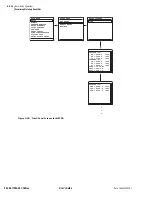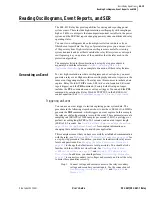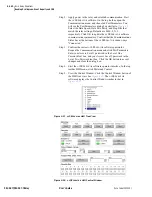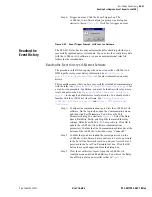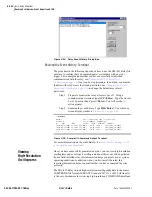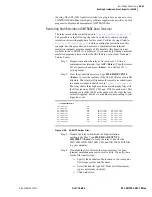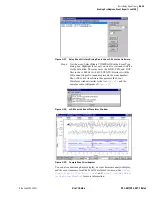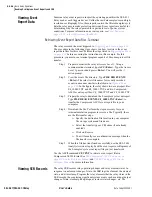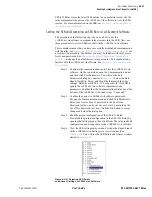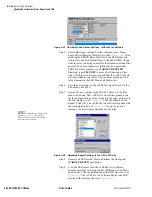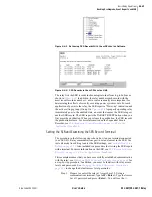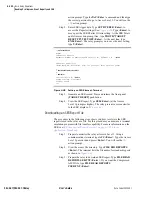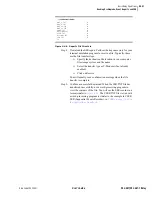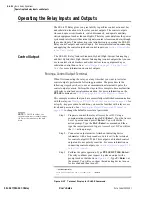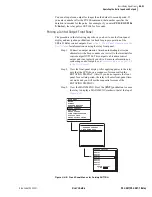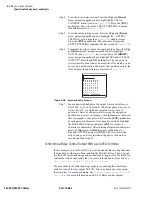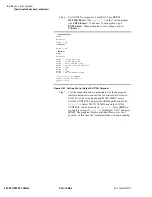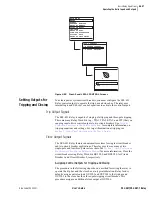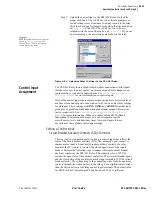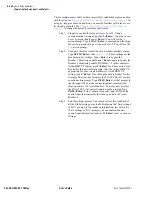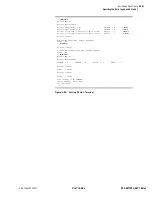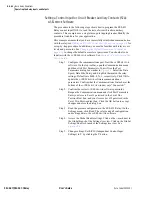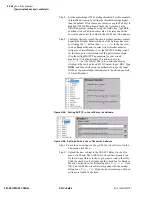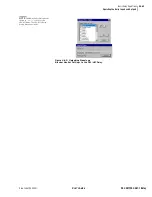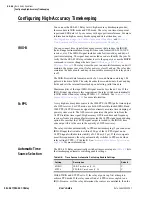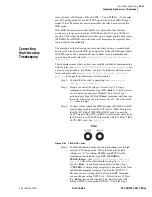
U.4.52
SEL-421/SEL-421-1 Relay
User’s Guide
Date Code 20020501
Basic Relay Operations
Operating the Relay Inputs and Outputs
Operating the Relay Inputs and Outputs
The SEL-421 Relay gives you great ability to perform control actions at bay
and substation locations via the relay control outputs. The control outputs
close and open circuit breakers, switch disconnects, and operate auxiliary
station equipment such as fans and lights. The relay reads data from the power
system and interfaces with external signals (contact closures and data) through
the control inputs. This subsection is an introduction to operating the SEL-421
Relay control outputs and control inputs. For more information on connecting
and applying the control outputs and control inputs, see
Control Output
The SEL-421 Relay features Standard, Hybrid (High-Current Interrupting),
and Fast Hybrid (Fast High-Current Interrupting) control outputs that you can
use to control circuit breakers and other devices in an equipment bay or
substation control house. See
Control Outputs on page U.2.6 in the User’s
for more information on control outputs.
Pulsing a Control Output: Terminal
When first connecting the relay, or at any time that you want to test relay
control outputs, perform the following procedure. The procedure in the
following steps shows how to use a communications terminal to pulse the
control output contacts. Perform the steps in this example to become familiar
with relay control and serial communication. For more information on the
PULSE
command, see
PULSE on page R.8.36 in the Reference Manual
This example assumes that you have successfully established communication
with the relay; see
Making an EIA-232 Serial Port Connection on page 4.6
for
a step-by-step procedure. In addition, you must be familiar with relay access
levels and passwords. See
Changing the Default Passwords: Terminal on
to change the default access level passwords.
NOTE:
To PULSE an output, the
circuit breaker control enable jumper,
J18C, must be installed on the main
board.
Step 1. Prepare to control the relay at Access Level B. Using a
communications terminal, type
ACC<Enter>
. Type the Access
Level 1 password and press
<Enter>
. You will see the =>
action prompt. Type the
BAC<Enter>
command, and then
type the correct password to go to Access Level B. You will see
the ==> action prompt.
Step 2. Connect an output monitor. Attach an indicating device
(ohmmeter with a beep sounder or a test set) to the terminals
for control output OUT104. This output is a Standard control
output and is not polarity sensitive. For more information on
connecting control outputs, see
.
Step 3. Perform the pulse operation. Type
PULSE OUT104<Enter>
.
The relay confirms your request to pulse an output with a
prompt such as that shown in
. Type
Y<Enter>
at
the prompt. You will see or hear the indicating device turn on
for a second and then turn off.
==
>
PULSE OUT104 <Enter>
Pulse contact OUT104 for 1 seconds(Y/N)
?
Y<Enter>
==
>
Figure 4.47
Terminal Display for PULSE Command.
Summary of Contents for SEL-421
Page 8: ...This page intentionally left blank ...
Page 30: ...This page intentionally left blank ...
Page 110: ...This page intentionally left blank ...
Page 204: ...This page intentionally left blank ...
Page 284: ...This page intentionally left blank ...

